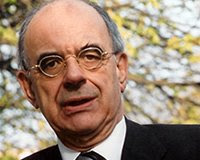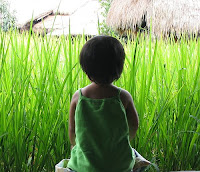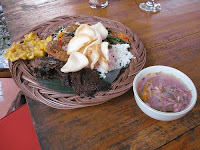2008
This year is closed with a thought that still a lot to be done to support heritage movements in Indonesia. The Indonesia Heritage Trust has a very dedicated and energetic Executive Director and a group of very generous Board of Directors, but the Trust still struggles to have its own office, find an endowment fund and creating longer term programs which give more impacts to the country. Efforts to create the endowment fund should be really thought seriously because it is difficult to survive merely from donations. How certain a possibility to sustain the organization in a long run? The same situation applies for other heritage organizations. Aren't we all creating projects to generate income? Idealism is good but very difficult to implement it without monetary means. For six year (1998-2004) I was the Executive Director of Sumatra Heritage Trust and I knew perfectly all headaches about operational costs. My colleagues and I had to come up with ideas what to do next. We had hardly a...












